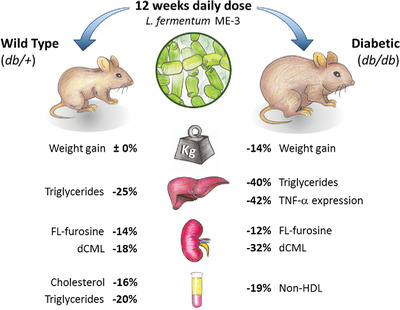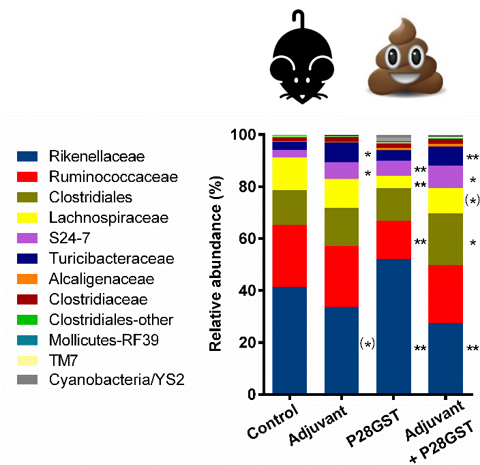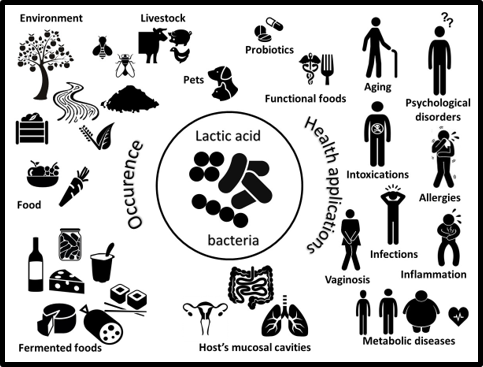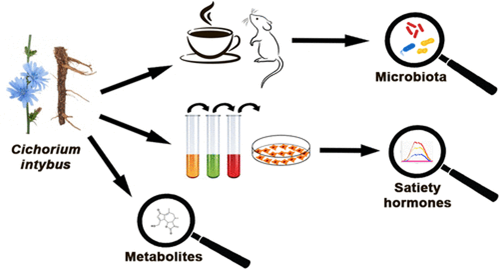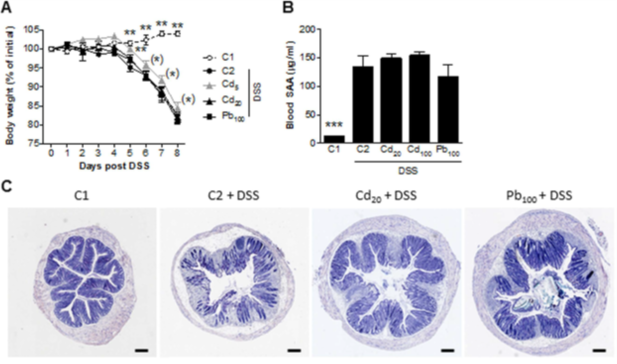|
Involvement of the pathobiont-symbiont balance?
Our hypothesis is that the Adherent-invasive E. coli pathovar, namely AIEC, is strongly involved in gut inflammation. AIECs are commensal bacteria which are implicated in the perpetuation of gut inflammation. Our objectives are to decipher the mechanisms involved and to identify other environmental and microbial contributing factors, together with developing new targeted therapeutic strategies. AIECs comprise a high clonal diversity whereas yet no specific molecular marker is available. Their phenotypic characterization is quite fastidious and highly limits epidemiological studies and survey. In order to define if all type of AIEC are involved in IBD (and other immune-related diseases as well as in aging), we first need a reliable and fast screening method to define an invasion index for each AIEC isolate. The main project plan to set up a high content image-based screening methodology as a tool to detect and quantify the bacteria. Such tool will also allow to screen for other microbial inflammatory contributors as well as identify appropriate microbial- or molecule-based anti-AIEC therapeutics. This part is handled in collaboration with P. Brodin and A. Baulard from the Center of Infection and Immunity of Lille (CIIL-U1019), at Institut Pasteur de Lille. Integrated models such as the worm C. elegans, human and murine organoids and rodents are also achieved to address AIEC physiopathological mechanisms though transdisciplinary approaches.
Contribution of dietary metals and trace metal contaminants in mucosal inflammation and Heavy-metal bioremediation
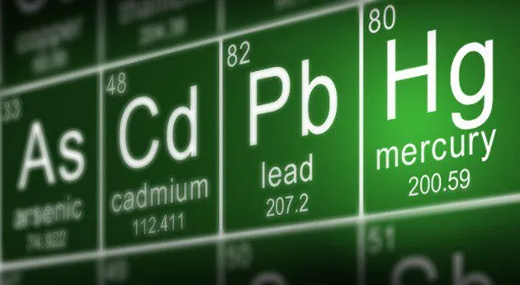 |
Dietary metals are highly interacting with the gut microbiota and the mucosa to control intestinal homeostasis. In this context, we aim to question the role of these essential metals such as zinc, copper and manganese on gut inflammation. On the other hand, risks cannot be ruled out for dietary exposure to heavy-metals (HM) trace elements such as cadmium, lead, mercury and even aluminum. Both HM bioremediation and human tolerance to HM through microbial processes using food-grade microorganisms are highly challenging fields. The objectives of the project are to contribute to the reduction of entry or and prevention of the possible negative impacts of HM on human (and animal) health by the use of natural food-grade bacteria. In vitro screening, mechanistic approaches and preclinical mouse models will identify new functional strains exhibiting HM bioremoval properties inside the gut. This part is managed in collaboration with Dr Anne Garat, ULR 4483 IMPECS, Lille. |
Current members of the team headed by Pr Benoit Foligné:
Marie Titecat, MD, PhD, CHU Lille, University Hospital Pratician (PHU)
Elizabeth Pradel, PhD. Inserm
Elisabeth Singer, PhD, Assistant Professor, Univ. Lille.
Marie-Françoise Odou, PharmD, PhD, Assistant professor, CHU Lille and Univ. Lille
Christel Neut, PhD, emeritus Assistant Professor, Univ. Lille
Fanny George, PhD student
Séverine Mahieux, Tech
Isabelle Houcke, Tech
Beatriz De Figueiredo, assistant engineer
|
